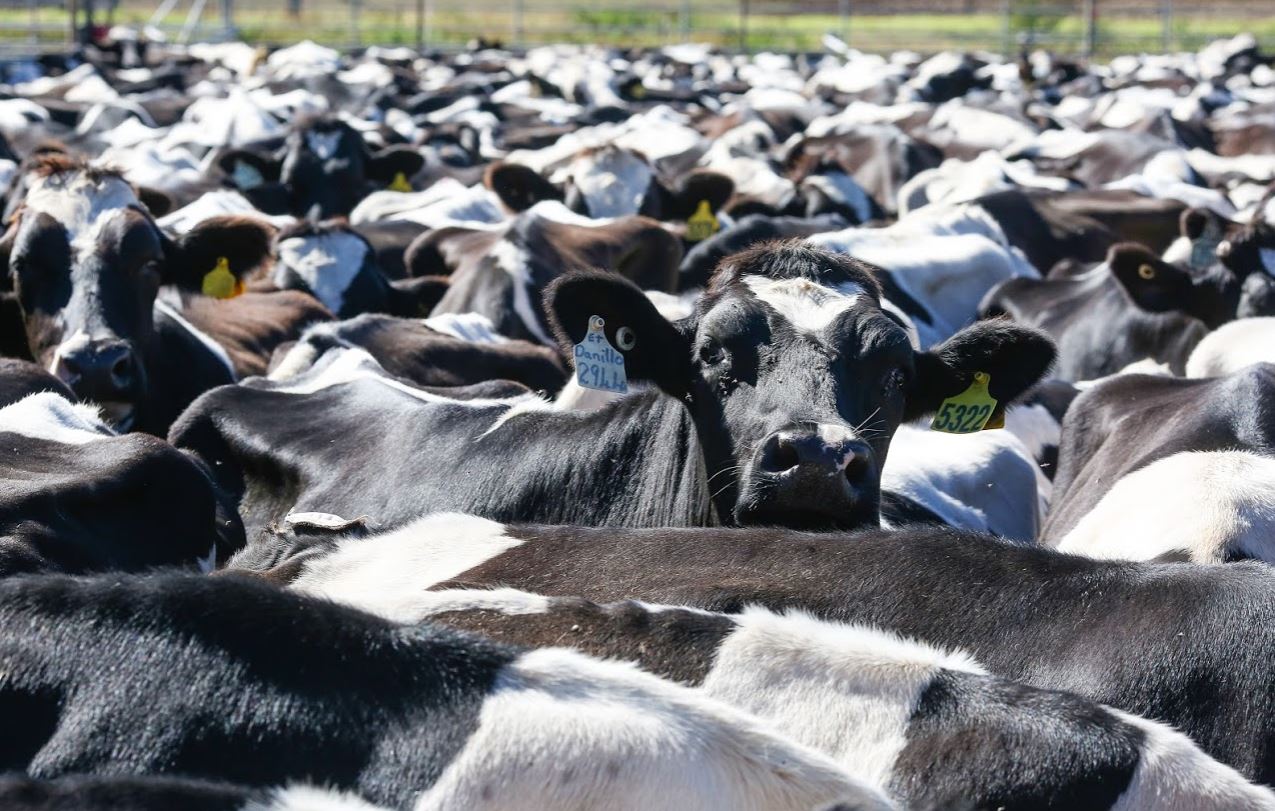Managing calving and powering through to weaning
 PRODUCTION ADVICE - JULY 2020 - ANIMAL HEALTH
PRODUCTION ADVICE - JULY 2020 - ANIMAL HEALTH
By Scott Ison
District Veterinarian
P: 03 5881 9917 | M: 0427 362 003 | E: scott.ison@lls.nsw.gov.au

There are a few rules of thumb for checking that breeders are receiving an adequate diet. Heifers should grow at around 0.7 kg per day until they calve at two years old. They can cope with short periods of setback, but longer periods will affect health and irreversibly stunt growth. An appropriate diet will be around 11 ME and 14-16 per cent protein, depending on age and stage of growth. Monitor weight and condition score as regularly as possible. There are many resources available for formulating diets including the NSW DPI Drought Feed Calculator.
Cows in condition score 3 can be maintained by matching their diet to their requirements. With ad lib access to feed, dry cows require a diet that is 6 ME and 6 per cent protein to maintain condition, late pregnant cows require 8 ME and 8 per cent protein, and lactating cows require 9 ME and 12 per cent protein. Large parts of our region have ample green feed that easily meets this requirement. The trick here is to ensure there is enough roughage (hay/straw/mature grass) and limit intake so that cows maintain weight leading up to calving.
Cows are at risk of metabolic diseases where their diet is not appropriate around calving. Calcium and magnesium have close interactions in the body, and deficiency in one can affect the other. Calcium usually needs to be supplemented in grain diets and magnesium should be supplied where there is short green feed available. Loose lick supplements can be supplied with lime, Causmag and salt. Clinical calcium deficiency is referred to as milk fever, and magnesium deficiency can lead to grass tetany. Low energy around calving can lead to pregnancy toxaemia. All of these conditions may lead to cows going down. Calving paralysis, which is hind limb weakness due to soft tissue damage during calving, should also be considered immediately after calving.
It is critical to ensure that cows with calves are fed an adequate diet. Cows in poor condition have significantly reduced pregnancy rates in the following season. and calves need to grow well through to weaning. This is the time to allow cows and calves to make the most of a good season, with unrestricted access to the best available feed. It is easy to see the results, with fat cows and rapidly growing calves. It is very important to plan weaning, monitor mobs and be ready to pull the trigger. As the season comes to an end and feed quality and availability drop off, calves need to be weaned onto a good diet to set cows up for their next pregnancy and avoid a growth check in calves.
Beef cattle don’t create income from wool or milk, so weaning rate is the most important factor affecting productivity in breeding herds. Many of our local producers have developed a better understanding of just how much feed is required to maintain cattle while they have been full hand feeding through this recent drought. It is very important to ensure cattle are managed for productivity, which includes appropriately feeding breeders to ensure they wean a calf this year and into the future. For more information, contact Local Land Services or your private veterinarian or nutritionist.